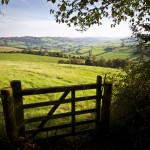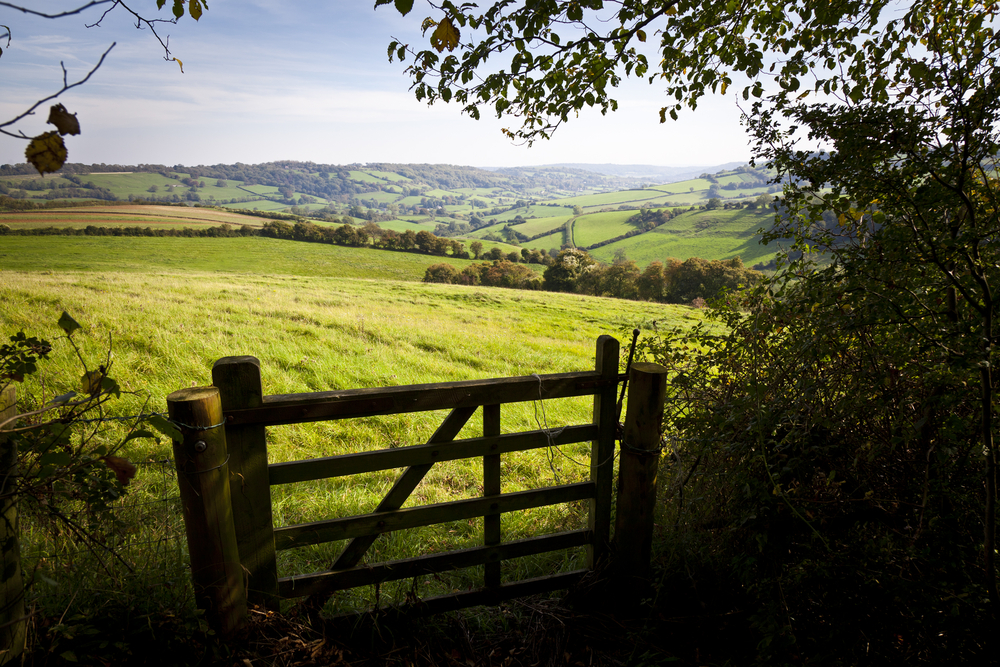If the day-to-day grind of living in the city is getting you down and you’re longing for a place in the peace and tranquillity of the countryside, a new report on rural property prices might make you think again. According to the latest annual Halifax Rural Housing Review, house buyers are having to pay on average a whopping £43,490 more […]
 If the day-to-day grind of living in the city is getting you down and you’re longing for a place in the peace and tranquillity of the countryside, a new report on rural property prices might make you think again.
If the day-to-day grind of living in the city is getting you down and you’re longing for a place in the peace and tranquillity of the countryside, a new report on rural property prices might make you think again.
According to the latest annual Halifax Rural Housing Review, house buyers are having to pay on average a whopping £43,490 more for homes in the countryside than they do in urban areas.
The research revealed that there is a rural premium in all regions with countryside homes, although there are large variations across the country.
The study found that the largest difference is in the West Midlands, where the average house price of £252,927 is 50% higher than in the region’s urban areas. The smallest difference was in the East of England, where rural homes cost £16,806 more than urban ones.
The average property price in rural areas is now seven times average annual earnings compared with 5.9 times in urban ones. London was excluded from the findings so as not to skew the data.
Tandridge in Surrey is the least affordable rural area in Britain, where the average house price is £433,932, 10.8 times the local annual average earnings of £40,266.
The least affordable rural areass outside the south are Hambleton at 8.2 times the national average and Ryedale at 8.1 times. Both are in the North York Moors.
Copeland in West Cumbria is the most affordable rural area with an average house price of £140,364, while Chiltern is the most expensive rural area in Britain with an average house price of £465,970.
Despite higher property prices in the countryside, the gap with urban prices is narrowing, and prices have risen more slowly in rural areas during the past five years.
Since 2010, the average price of a home in the countryside has risen by 13% compared with an average increase of 23% in urban areas. Overall, the rural-urban premium has narrowed from 34% (or £52,279) over the last decade.
Craig McKinlay, mortgage director at Halifax , said: “Many homeowners aspire to live in the countryside, attracted by the prospect of a better quality of life, open space and a cleaner environment. However, realisation of this dream comes at a cost with average property values typically over a fifth higher than in urban areas.
“A side-effect of rising property values is that housing affordability has become an increasing concern in many rural areas. This is particularly true in the south where those on average incomes find it very difficult to enter the market.”














